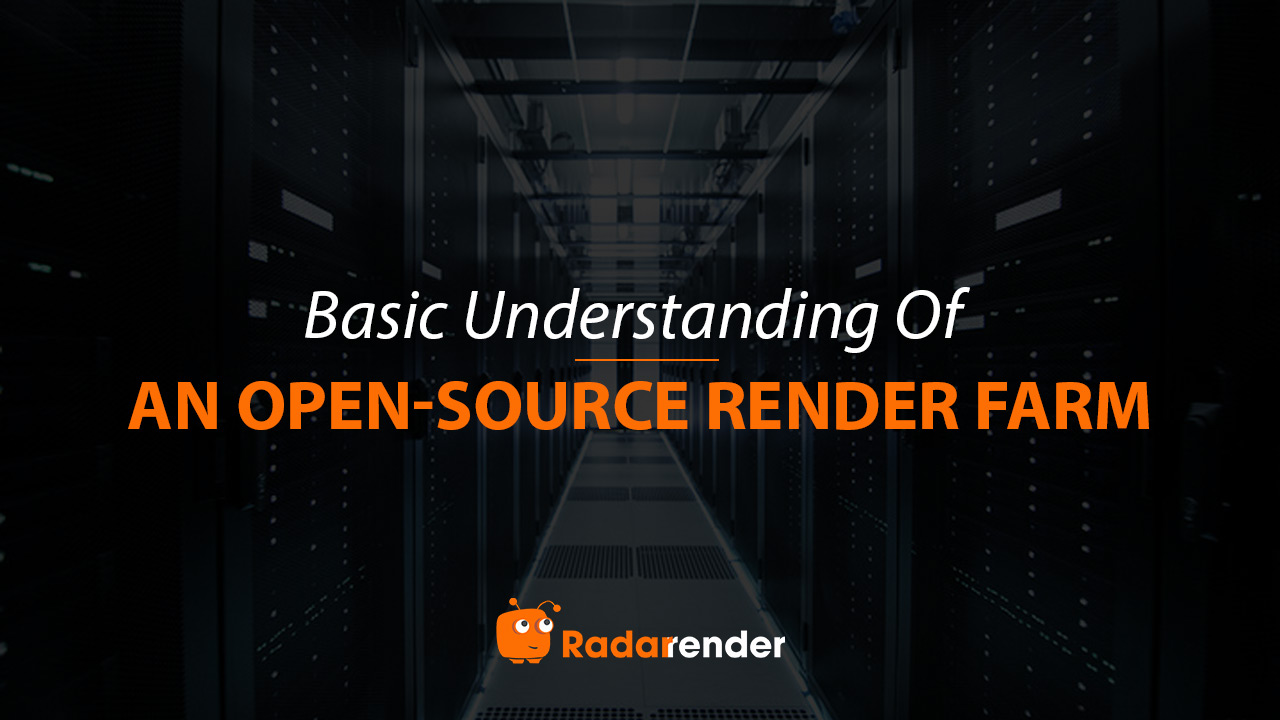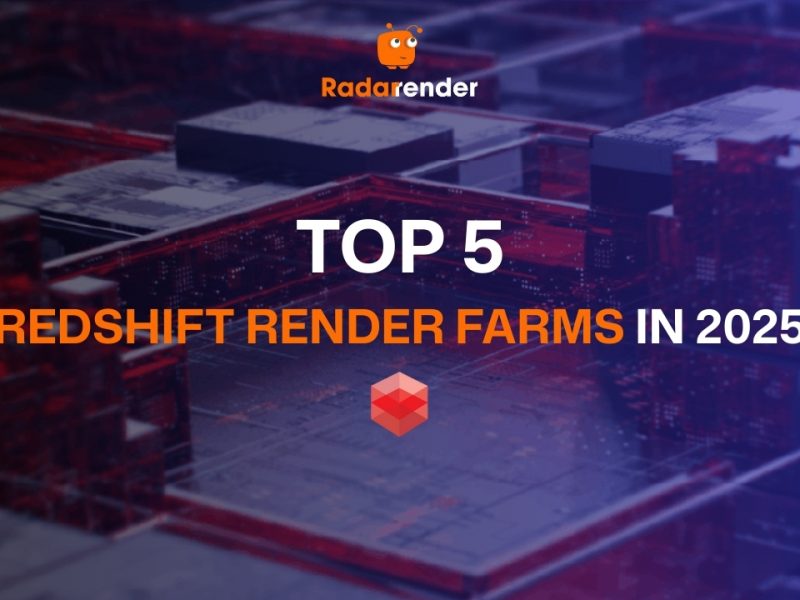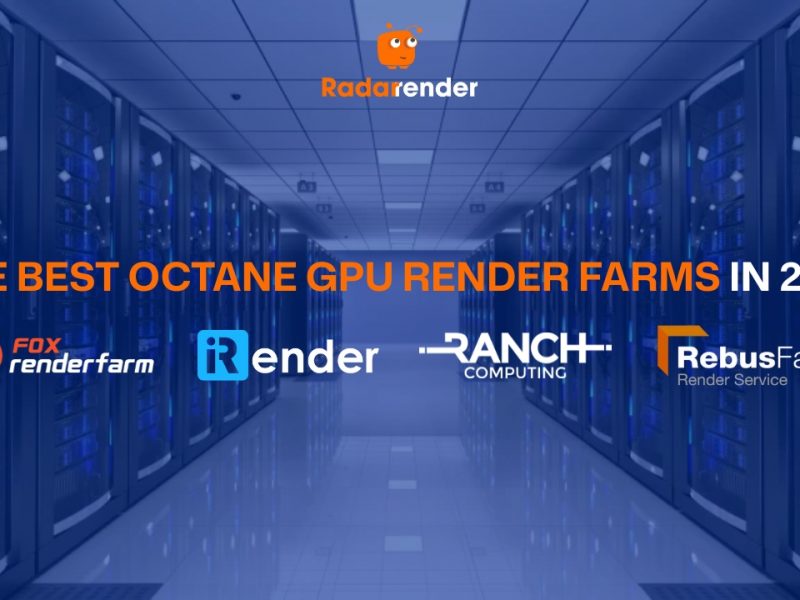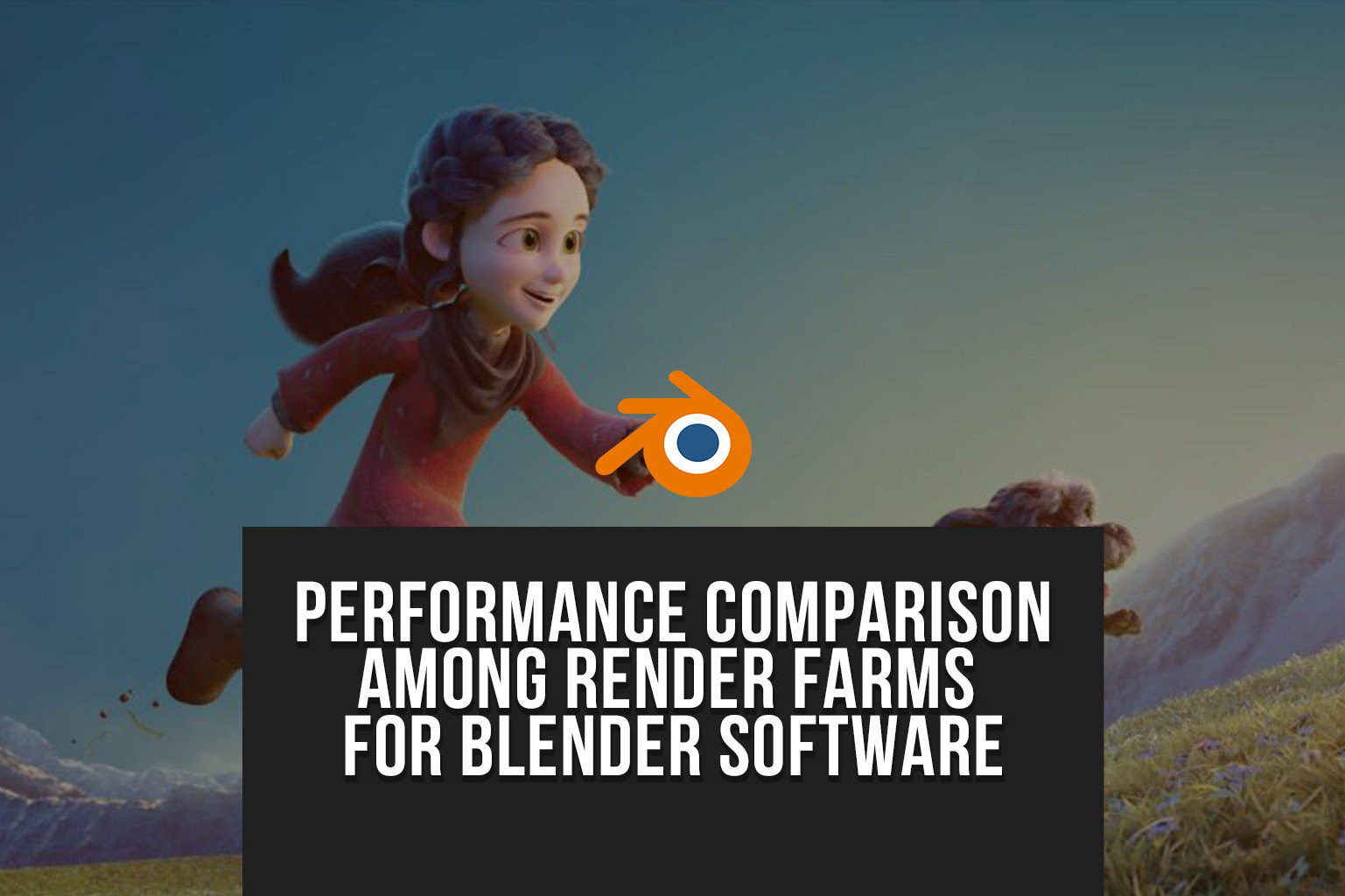Basic understand of an open-source render farm
As 3D rendering becomes more complex and resource-intensive, artists and studios are increasingly turning to render farms to accelerate production. While commercial render farms offer convenience and power, open-source render farms provide a flexible, cost-effective alternative, especially for individuals, small studios, and tech-savvy users.
In this blog, we’ll walk you through what an open-source render farm is, how it works, and why it might be the right solution for your next project.
What is an open-source render farm?
A render farm?
A render farm is a network of computers (nodes) connected to divide and process rendering tasks. Instead of relying on a single machine to render a project, a render farm distributes the work to multiple machines, significantly reducing the overall render time.
An open-source render farm?
An open-source render farm is a distributed rendering system whose source code is publicly available, allowing users to download, modify, and deploy it to their own needs. It is a popular choice for small studios, individuals, or organizations that want to save costs and have a high level of customization for their rendering workflow.
Benefits
- No licensing fees. Use your existing hardware.
- Tailor the system to your pipeline or software stack.
- Add more machines as needed, either on-site or remotely.
- Learn more about distributed computing, networking, and rendering workflows.
Downsides
While powerful, open-source render farms come with a learning curve:
- You may need to configure network paths, permissions, and render engine integrations.
- Keeping systems updated and stable is your responsibility.
- Some commercial render engines, such as V-Ray, Arnold, require additional render node licenses.
Differences between an open-source and a commercial render farm
Let’s take a look at the table below to find what makes an open-source render farm different from a commercial one.
| Aspect | Open-source Render Farm | Commercial Render Farm |
| Control | Give you full control and flexibility. | Cannot interfere with internal systems. |
| Cost | No cost for renting a render farm, only costs for hardware and maintenance. | Charge by render time (per minute or per frame) |
| Implement | Self-install, configure, and maintain on the personal computer or LAN. | No complicated setup required, just upload project and render. |
| Technical requirement | High-level understanding of network systems, command lines, and rendering configurations is needed. | Low, friendly interface, having plugin support directly from the software. |
| Complexibility | High, can be customized to individual needs. | Limited, according to the supplier’s fixed procedure. |
| Support | Rely on the community or fix bugs yourself. | Support team available 24/7. |
| Performance | Depends on your machine (usually slower than commercial farming). | Use dedicated, high-performance server systems (multiple GPUs/CPUs). |
| Scalability | Limited, limited by the number of machines you have. | Easily expandable with multiple GPUs/CPUs. |
Popular open-source render farm software
An open-source render farm system usually includes: a Master node that receives jobs from users and divides the work among other machines. Render nodes that process assigned work parts (frames, tiles…), and client machine users where you send render jobs (from Blender, Maya, Houdini…).
Open-source render farm software will help you manage, divide, track and collect render results from multiple machines, helping to speed up work without having to invest in outsourcing services.
So what are the open-source render farm software, let’s take a look below!
OpenCue
Developed by Sony Pictures Imageworks and Google, OpenCue is an extremely powerful render farm system that supports complex pipelines. It is suitable for professional studios using Maya, Blender, Nuke, Houdini…
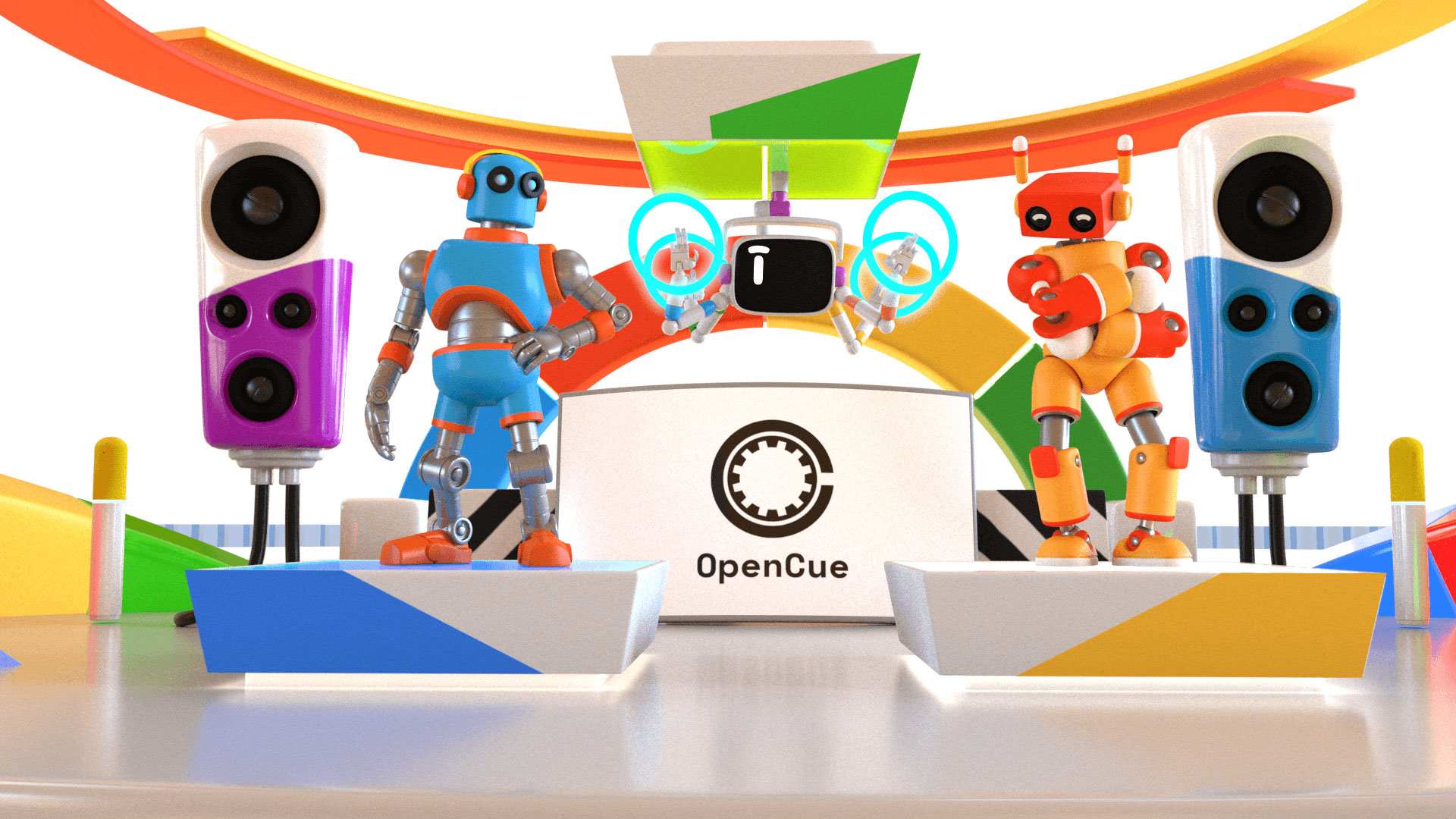 Key features:
Key features:
-
- Designed to handle very large workloads in professional environments.
- Supports software such as Maya, Blender, Nuke, Houdini…
- Has a management GUI (CueGUI) and a powerful API to customize the pipeline.
- Easy to integrate with large pipeline systems (eg: ShotGrid, RV…)
Notes:
- Installation is more complicated than other software.
- Suitable for medium to large studios with IT staff.
Read more about OpenCue here.
Afanasy (CGRU)
Developed by CGRU Community (free & open source). It’s flexible, lightweight, suitable for small and medium studios and supports platforms Linux, Windows, macOS.
- Supports many DCCs: Blender, Maya, Nuke, Houdini, Cinema 4D…
- Simple interface, lightweight, stable operation on many OS.
- Easy to expand render farm with many nodes.
- Comes with its own GUI (Python GUI or Web UI).
Notes:
- The interface is a bit rudimentary, requiring manual configuration of many parts.
- Need someone with knowledge of network and render configuration to use effectively.
Read more about Afanasy here.
DrQueue
DrQueue is one of the oldest open source render farm software, supporting many DCC software. Suitable for people with basic technical experience and want a simple system.
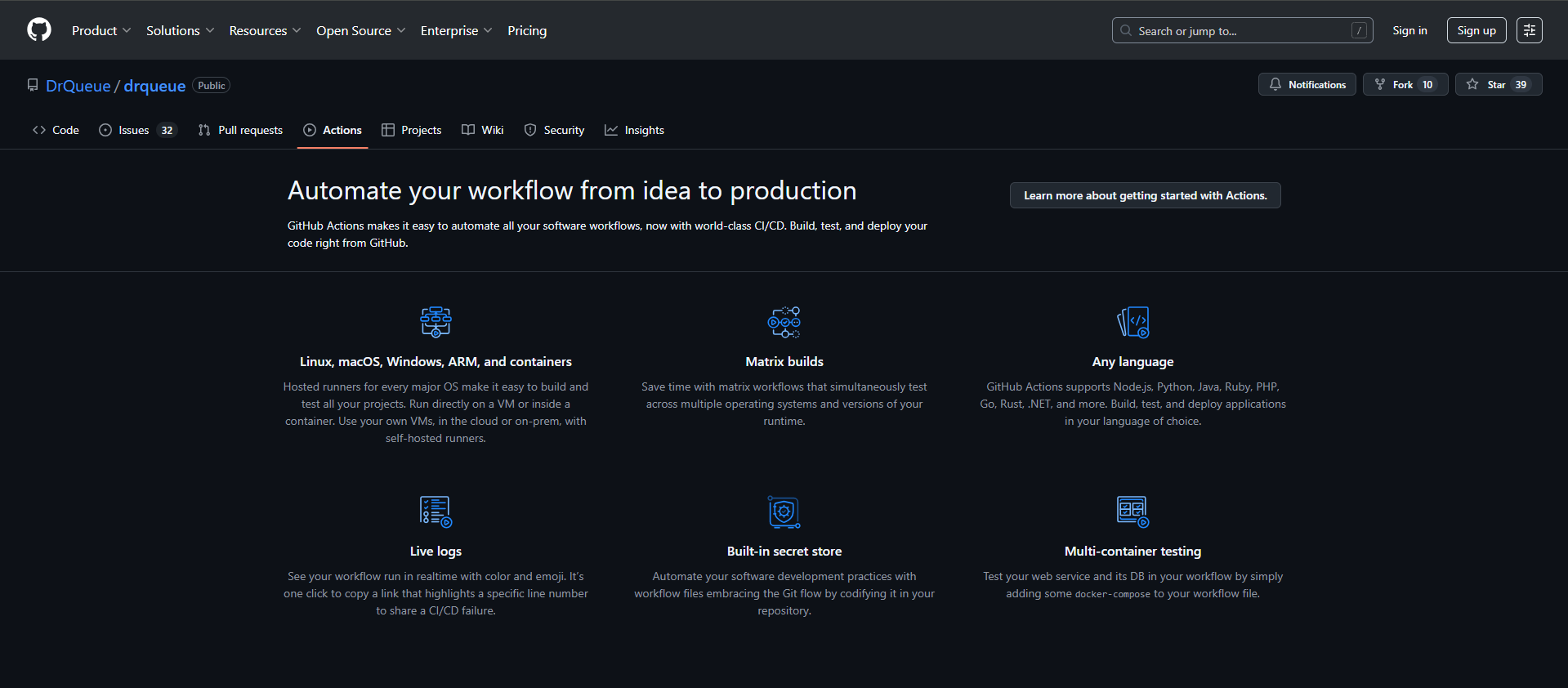 Key features:
Key features:
- Supports software such as Blender, Maya, Houdini, Lightwave.
- Easy to deploy in LAN.
- Can run on old, low-configuration computer systems.
- Has a basic task management graphical user interface (GUI).
Notes:
- The interface and system are no longer updated regularly.
- Limited support for new software or modern rendering engines.
Read more about DrQueue here.
Final Thoughts
If you’re comfortable with system configuration and want full control over your rendering process, building your own open-source render farm can be an incredibly rewarding and budget-friendly option.
It’s ideal for studios with spare machines, universities teaching CG workflows, or freelancers with growing projects. While the initial setup may take time and effort, the long-term savings and flexibility can be substantial.
Frequently Asked Questions (FAQ)
- Is open-source render farm software really free?
Yes, all the core software like OpenCue, Afanasy or DrQueue are free to download and use. However, you still need legal licenses for any commercial 3D applications or render engines you install on each node.
- Do I need to be a programmer to use an open-source render farm?
Not necessarily. While some technical knowledge helps (especially for setup and troubleshooting), many open-source solutions like Afanasy come with graphical interfaces that simplify usage. Programming is only required if you want to modify the source code or deeply customize the workflow.
- Can I use old or low-spec computers as render nodes?
Yes, this is one of the main benefits. You can recycle older hardware and use it for lighter render tasks. However, rendering speed will depend on each machine’s capabilities.
Related Post:



